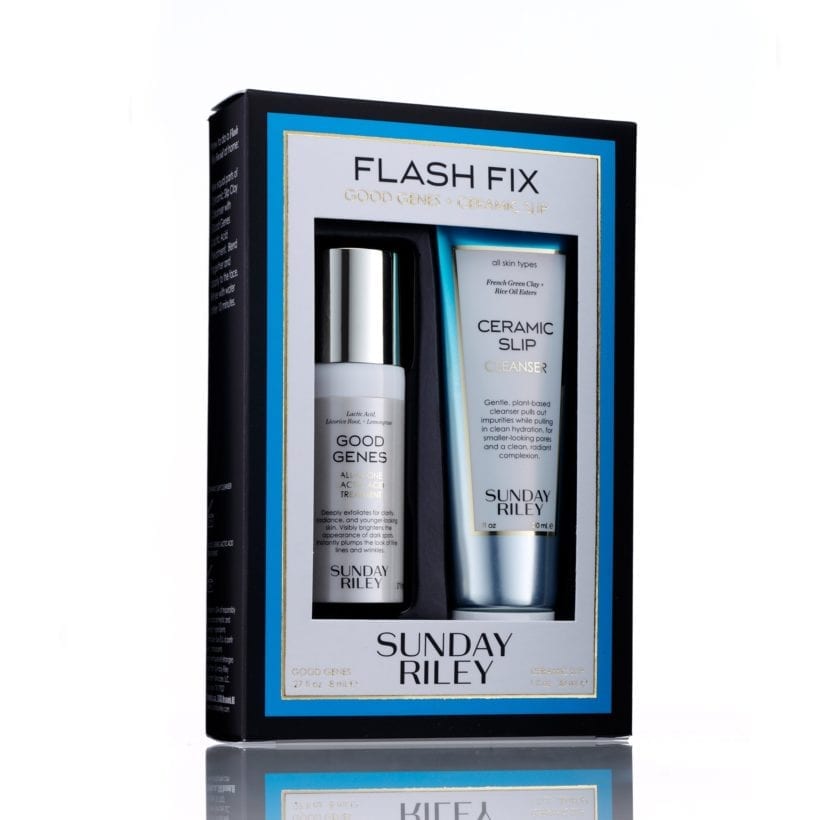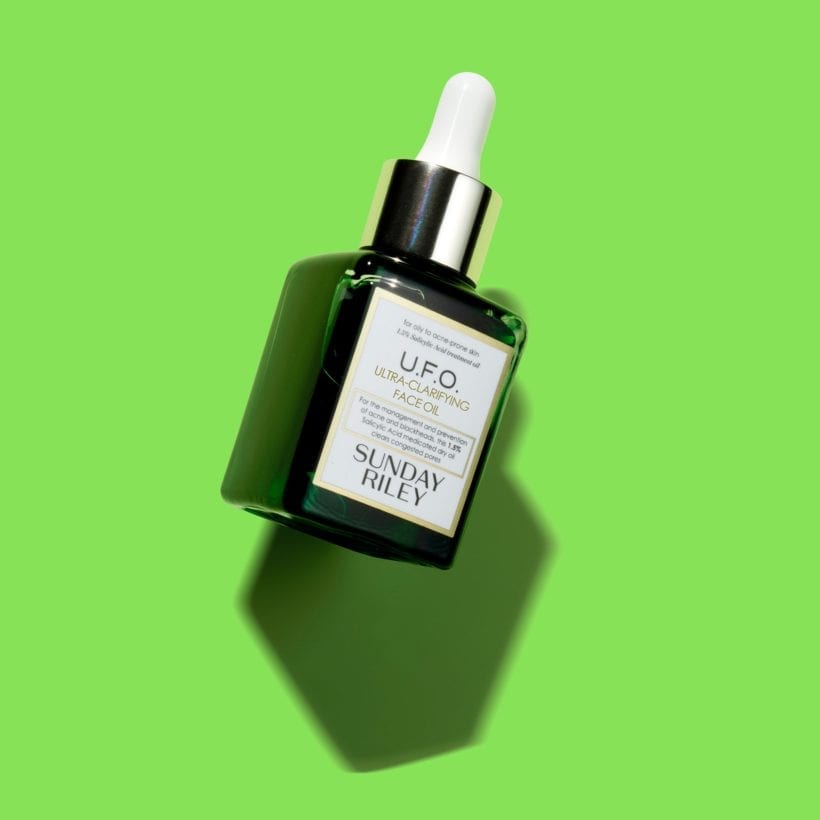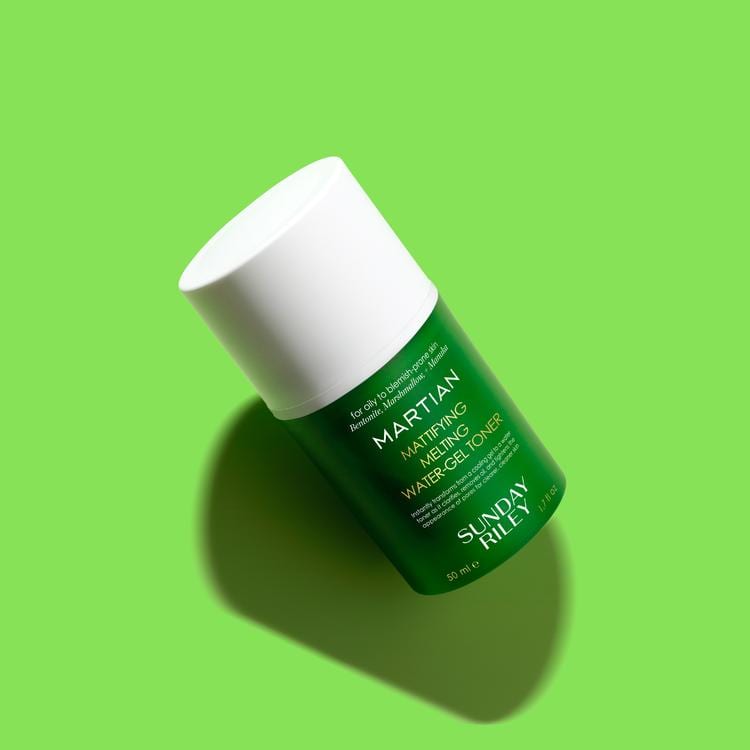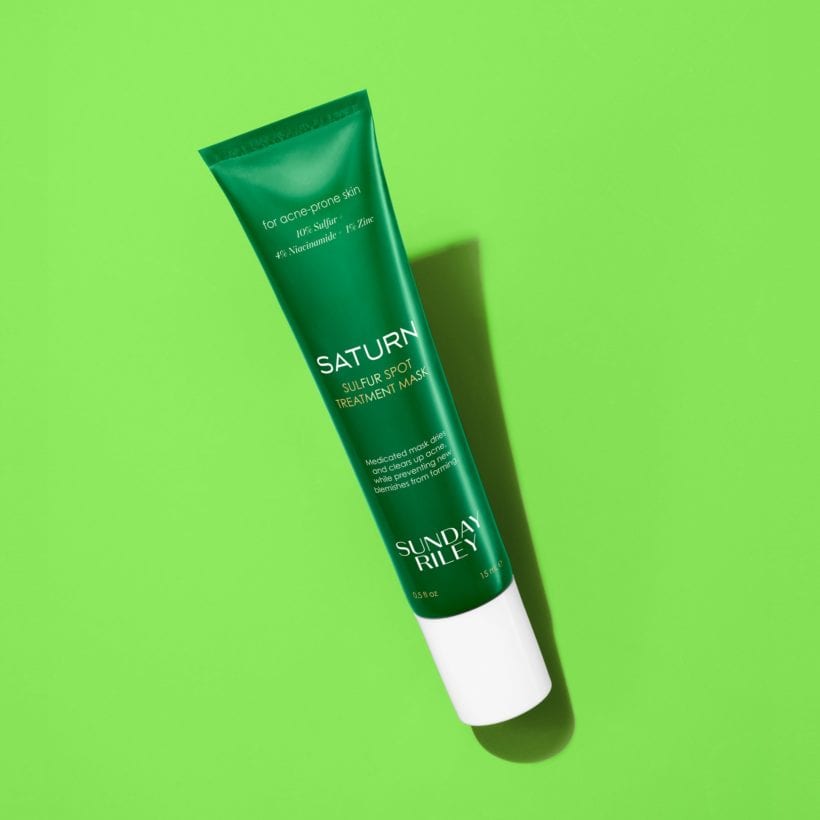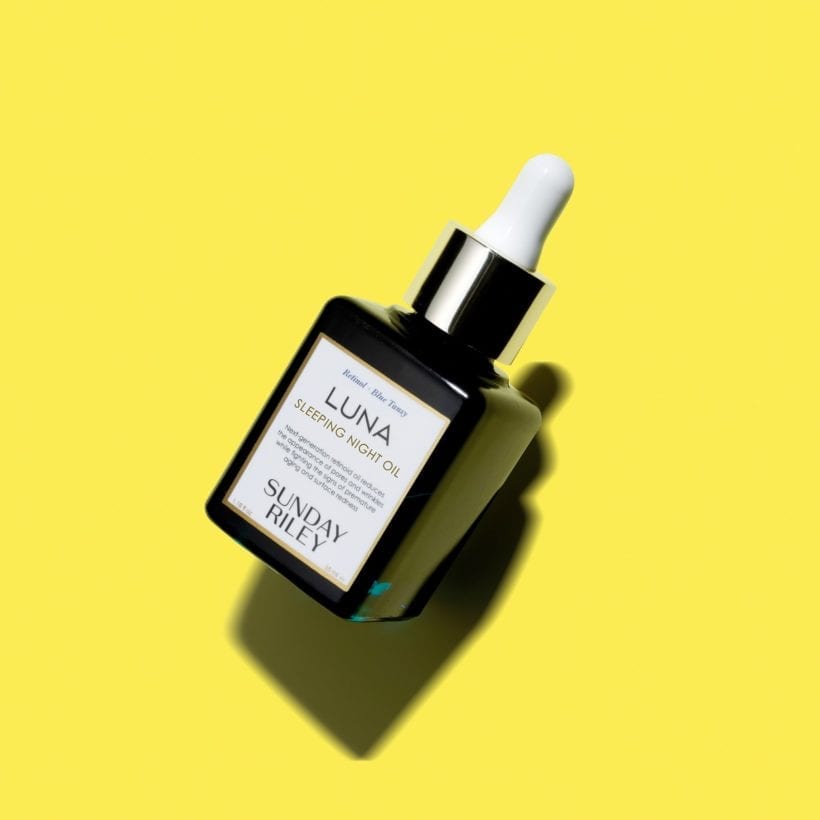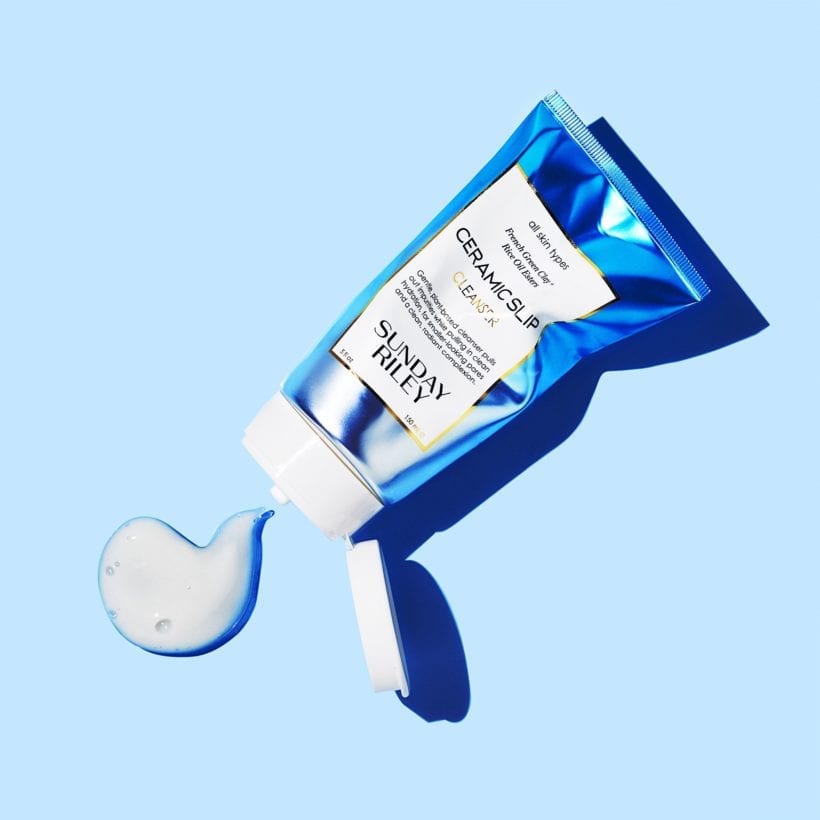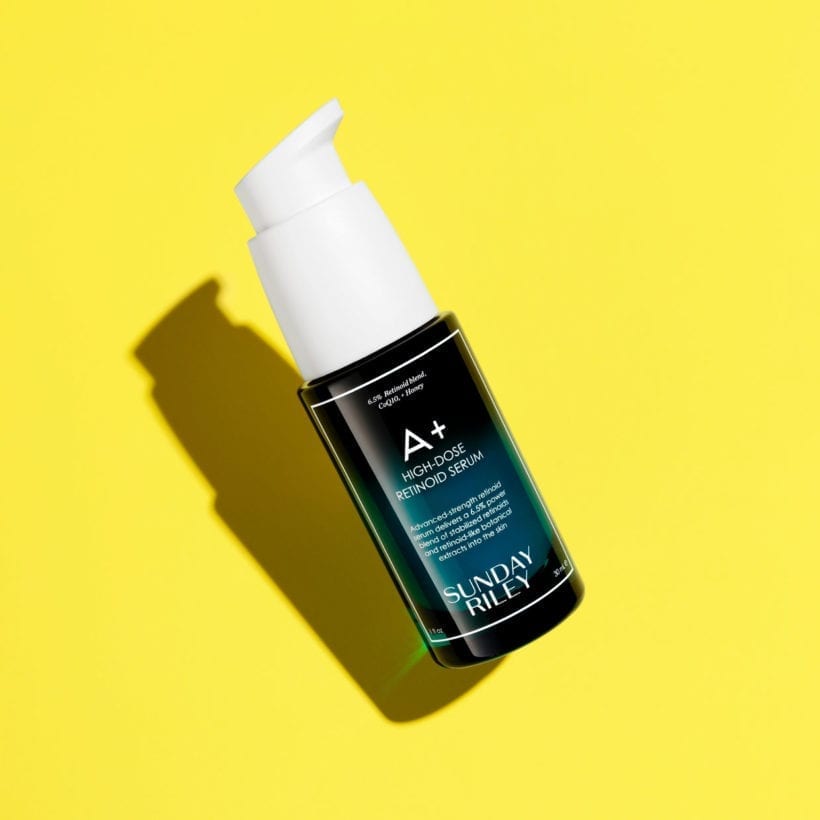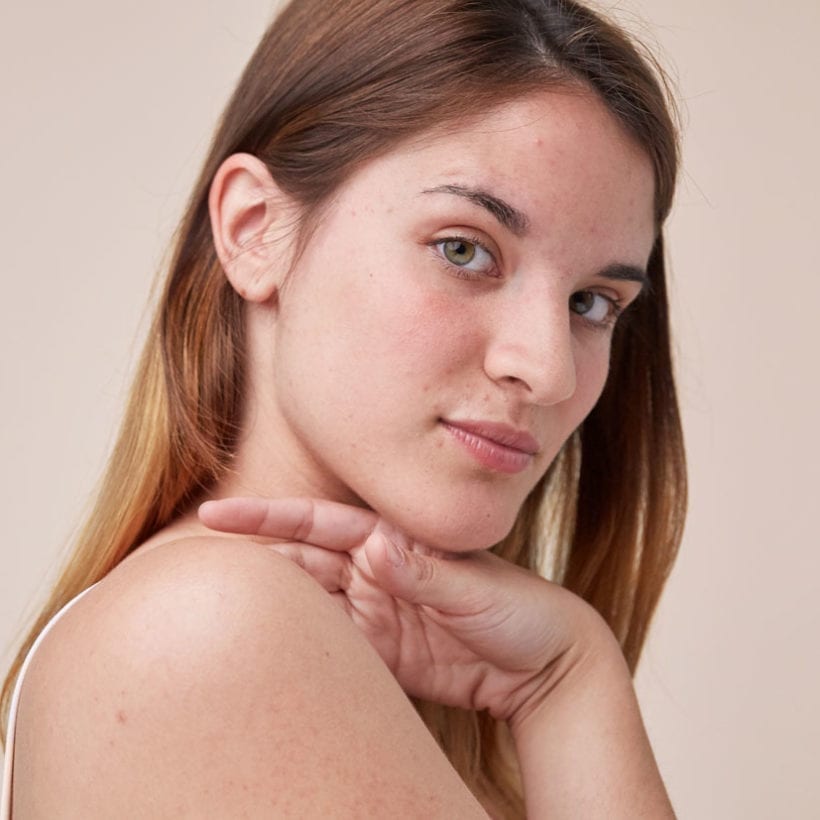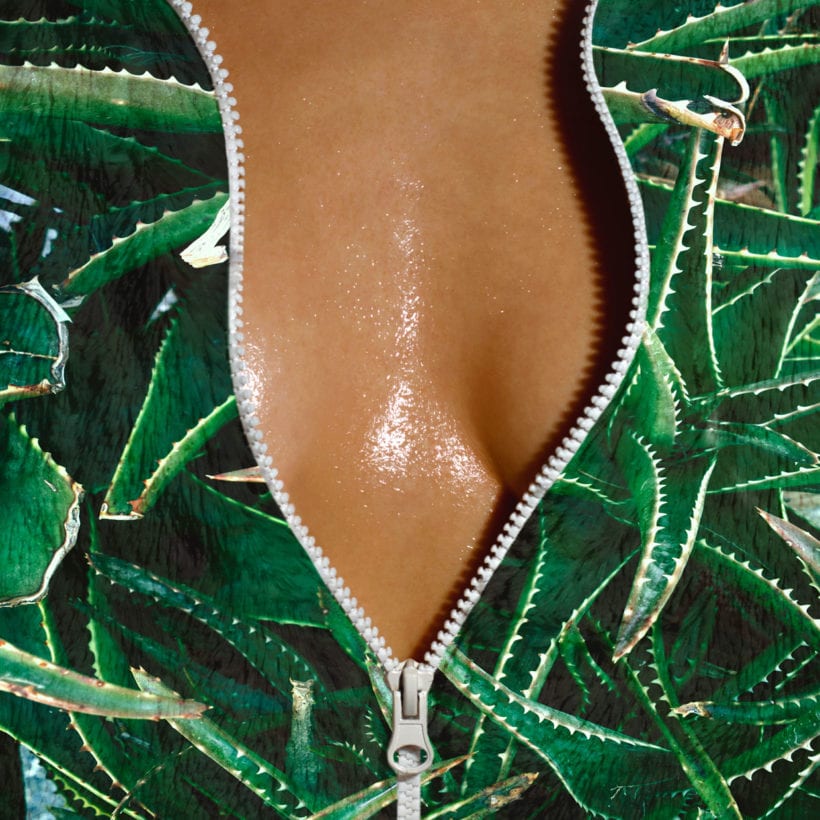You slathered on a bunch of skincare products in the name of self-care. Now all you have to do is wait for the glowy skin to reveal itself, right? If there is anything we have learned from this year, it is that things do not always turn out the way you expect (we are looking at you, Covid-19).
What happens to some people when they try a new beauty product is a process called skin purging. It sounds like the title for a scary novel, but it is actually a phrase for a common reaction to new ingredients that can be easily mistaken for a breakout. It may freak you out at first, but purging is a sign that your skincare is working properly.
Sunday Riley
, CEO, founder and product formulator
Amanda Doyle
, M.D., FAAD, a board-certified dermatologist
Meet the Experts
What is skin purging?
‘In simple terms, purging happens when the gunk clogging your pores (microcomedones) comes to the surface and “purges” out of your skin, usually due to using a retinoid or BHA. Essentially, purging is speeding up the exit (and possible severity) of your future breakouts, making you one step closer to clearer skin. If you are using a retinoid, AHA, or BHA (salicylic acid) product, you could experience some light purging. If you don’t like how fast your skin is removing the congested waste in your pores, the quickest and easiest answer is to slow down your use of the purging product. Apply three nights a week and work your way up,’ suggests Sunday.
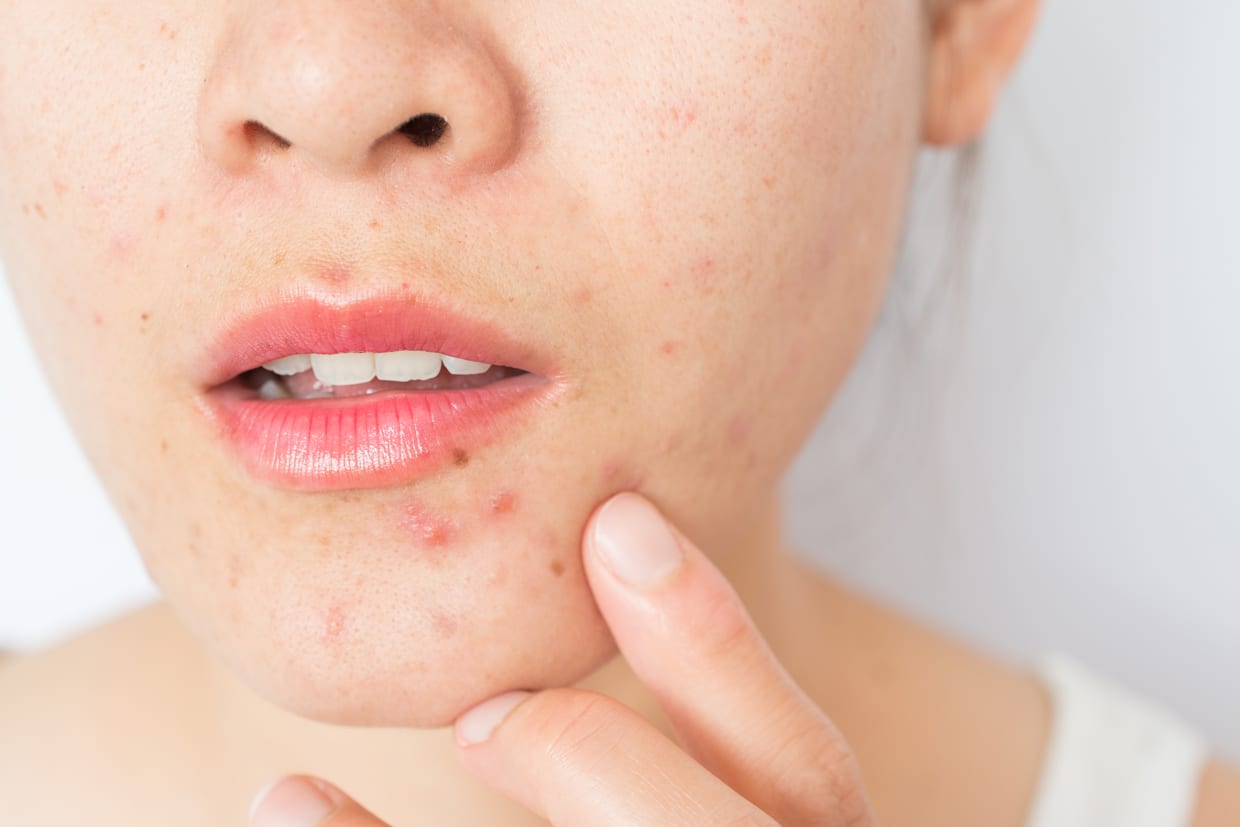
It is annoying to deal with, but it is a natural part of using chemical exfoliants like AHAs, BHAs, and enzymes (though it can happen with physical exfoliants, too). “Retinols and retinoids are well-known active ingredients that typically cause this type of reaction, too,” says Amanda Doyle, M.D., FAAD, a board-certified dermatologist.
‘Our actives are carefully chosen to ensure they do not cause purging, thanks to their superior quality and the balanced formulations we create. For those dealing with breakouts, we recommend a deep, targeted approach using our U.F.O. Ultra-Clarifying Face Oil. This serum-in-oil is perfectly balanced to clear acne and prevent new breakouts without over-drying the skin, which can lead to further imbalances. For an effective treatment mask, combine our Ceramic Slip Cleanser with Good Genes; this duo deeply cleanses and exfoliates to clear congested pores,’ shares Riley.
Sunday Riley personally recommends tailored solutions for different types of breakouts, having formulated these products after seeing her daughter India struggle with imbalanced skin due to aggressive treatments. If you’re experiencing purging from other products, these gentle yet effective offerings can help restore balance. Products like U.F.O., Ceramic Slip, and Good Genes work together to treat and prevent breakouts while maintaining the skin’s natural barrier, providing a holistic and soothing approach to skincare.
Skin cell turnover is a good thing for your skin as it exfoliates old skin and reveals healthy, younger skin underneath. But it can speed up the rate at which micro-comedones (a.k.a. clogged pores that are brewing or stuck underneath the surface of your skin) bubble up. So, when you are hoping for a product to clear up your acne, you might be surprised when a whole bunch of new blemishes appear instead. It is simply acne that would have appeared on its own eventually, but your new skin care product is quickly “purging” them to the surface.
Am I purging, or is this product breaking me out?
‘It can be hard to tell if you are purging or if a new product is breaking you out, but there are a few telltale signs: purging may look like a regular breakout cycle, but it usually clears up faster. It is likely to be purging if you are using a new retinoid, AHA, or BHA. If it is a new product like sunscreen or shampoo, it will likely be a reactive breakout,’ explains Riley.
How long does purging last?
“Skin purging can take four to six weeks. I like to compare it to a detox program — your skin looks like it’s getting worse before it gets better,” says Doyle. It is not actually worsening your acne, though it may appear that way. “Depending on the strength of the product and the individual person’s response, purging can even happen the same day as when you use a new ingredient.” If your skin has continued to purge for the past six weeks while using the product, consult your dermatologist, as it might be a bad reaction to the product. Even though some people will experience purging within the first few weeks of starting a new product, the purges can take much longer than a few weeks.
How can you tell the difference between purging and regular acne?
An allergic reaction will look red, bumpy, scaly and they are classically itchy.
“Skin purging usually looks like your typical blackheads and whiteheads,” says Doyle. They may appear as small, red, swollen bumps on your skin that are similar to a breakout. Purging will likely occur in places where you normally get acne (for instance, oil-prone spots like your forehead), so if they appear somewhere totally new on your face, it might not be due to the purge.
‘If the new product you are using does not have active ingredients that would encourage cell turnover, then it is not purging and likely due to another factor that is creating clogged pores,’ explains Riley.
Purging should also not be confused with an allergic reaction. An allergic reaction will look red, bumpy, and scaly and are classically itchy. “Itchiness isn’t a common characteristic of purging,” says Doyle.
Is there anything you can do to make it better?
You can’t stop the process unless you stop using your new product or using it less. “It’s really easy to get discouraged when you experience purging,” says Doyle. “Once you’ve determined with your doctor that the reaction is due to purging and not another issue, the best thing to do is to stick with it. For 99 percent of people, it eventually makes your skin look better,” she says. Though purging can be annoying, the benefits can go a long way if you stay patient.
When you are trying a new routine, you may stick with one new active ingredient at a time so your skin does not go haywire. Also, consider lowering the strength of the active ingredient to lessen the harshness of the purge.
Which acne treatments are best for avoiding purging?
If you just can’t deal with the effects of purging, avoid retinol and retinoids. You might also trigger purging with acids (alpha hydroxy acids or beta hydroxy acids), enzyme treatments, and vitamin C-based products — basically, any ingredient that makes you shed off that dead skin.
How should you adjust your routine if you are purging?
Slow down the frequency of which you are using the product. It won’t stop the purging but it can slow the process down, it will mean you end up purging for longer as the gunk has to go somewhere, but it should be less intense.
“Definitely address your skincare routine as a whole if you’re experiencing purging from a product,” says Riley. “If you typically have dry skin like I do, for example, that could make your purging symptoms even worse. Since purging tends to give you sensitive and irritated skin, try a gentle cleanser and a non-comedogenic moisturizer to balance out your skin,” she says. SPF is especially important if your skin is purging, as you do not want to irritate it further with sun damage.
Wearing makeup is not off the table, but when possible, try to give your skin a chance to rest. “If you want to wear makeup during a purge, keep it to a limited amount and use oil-free face products,” says Doyle.
We only recommend products we have independently researched, tested, and loved. If you purchase a product found through our links, Sunday Edit may earn an affiliate commission.

